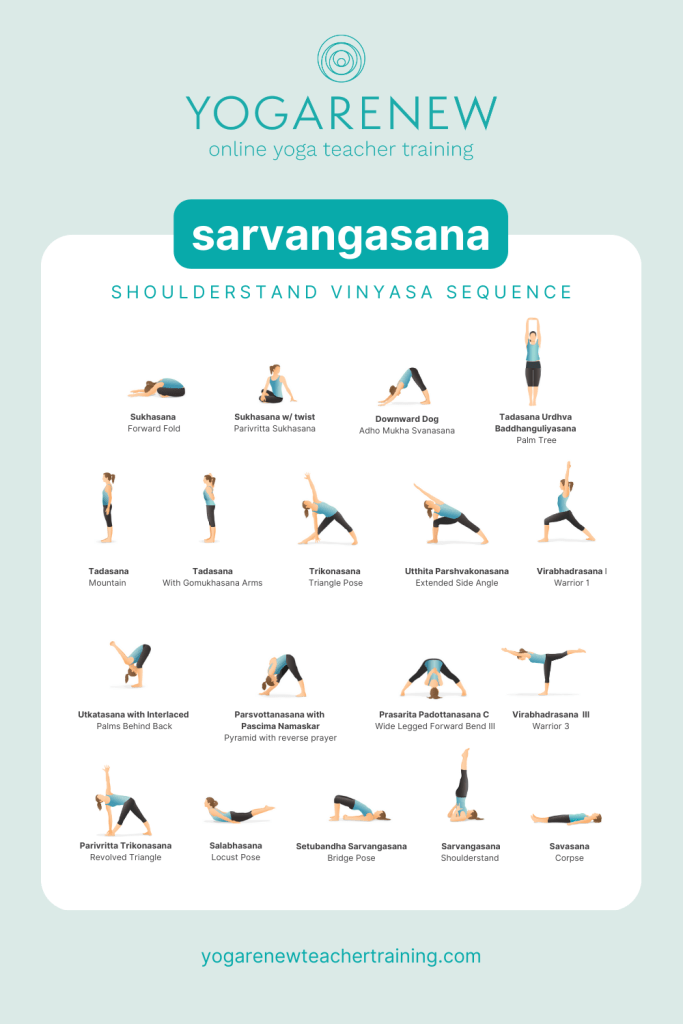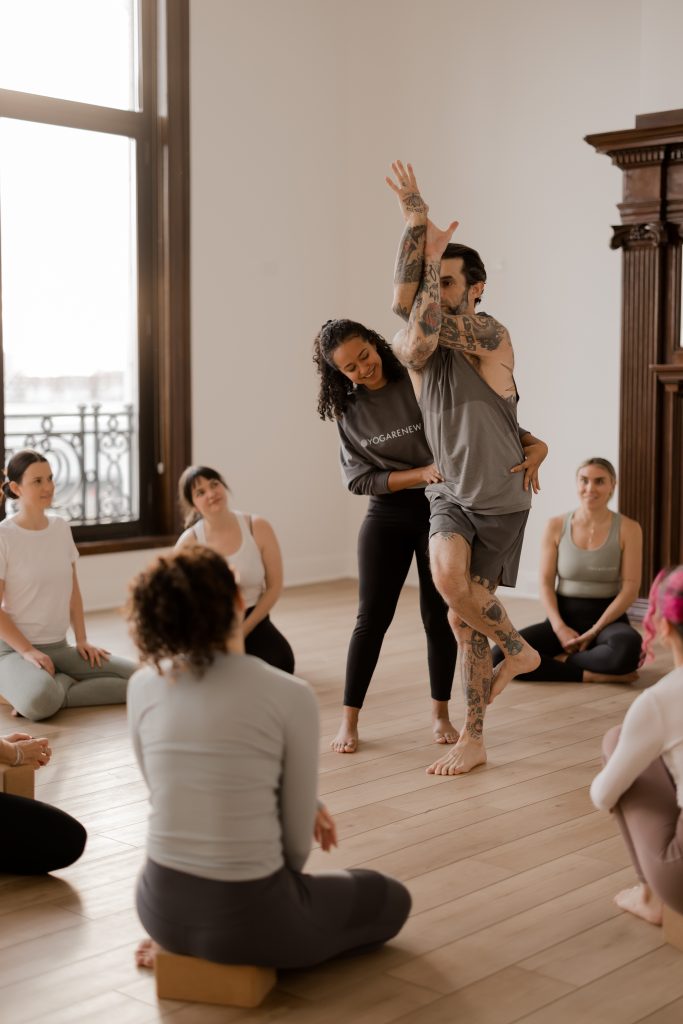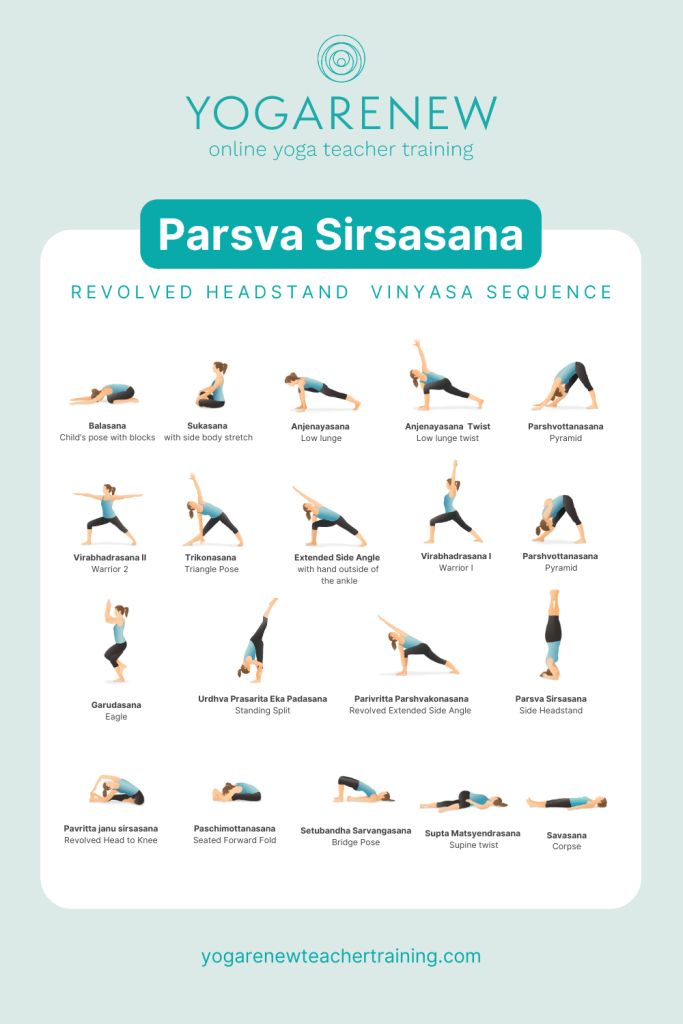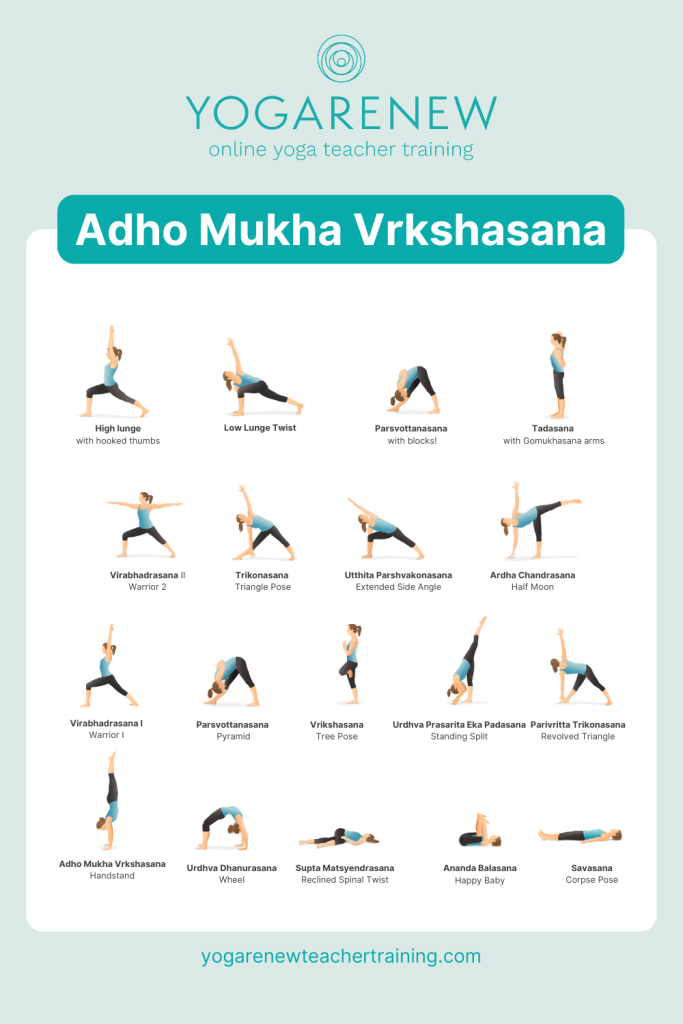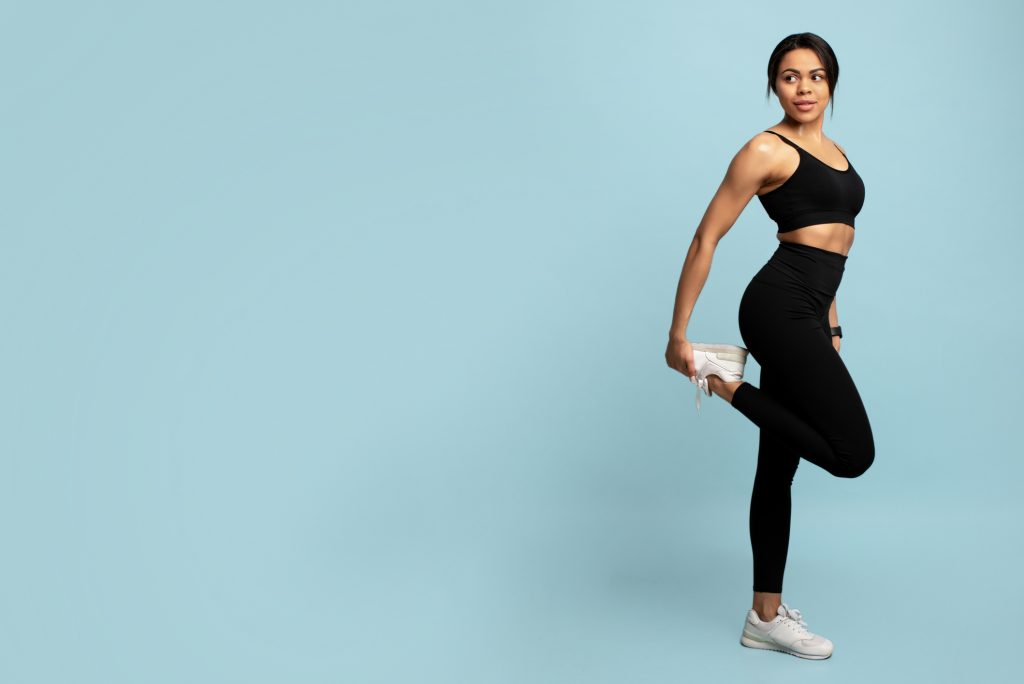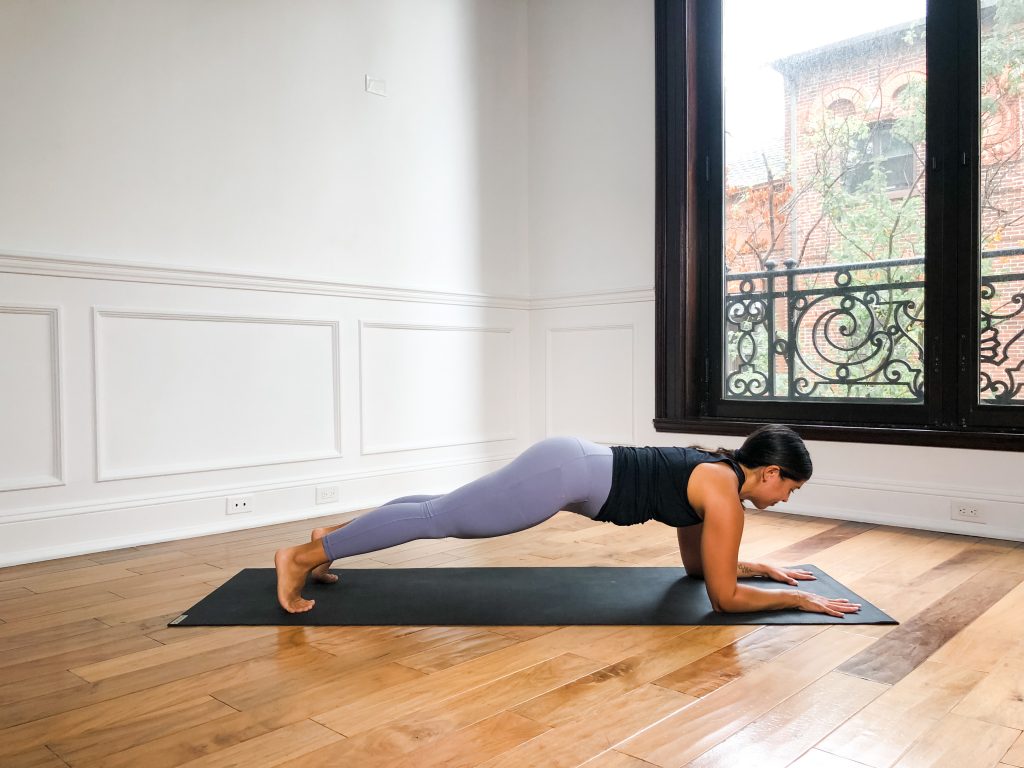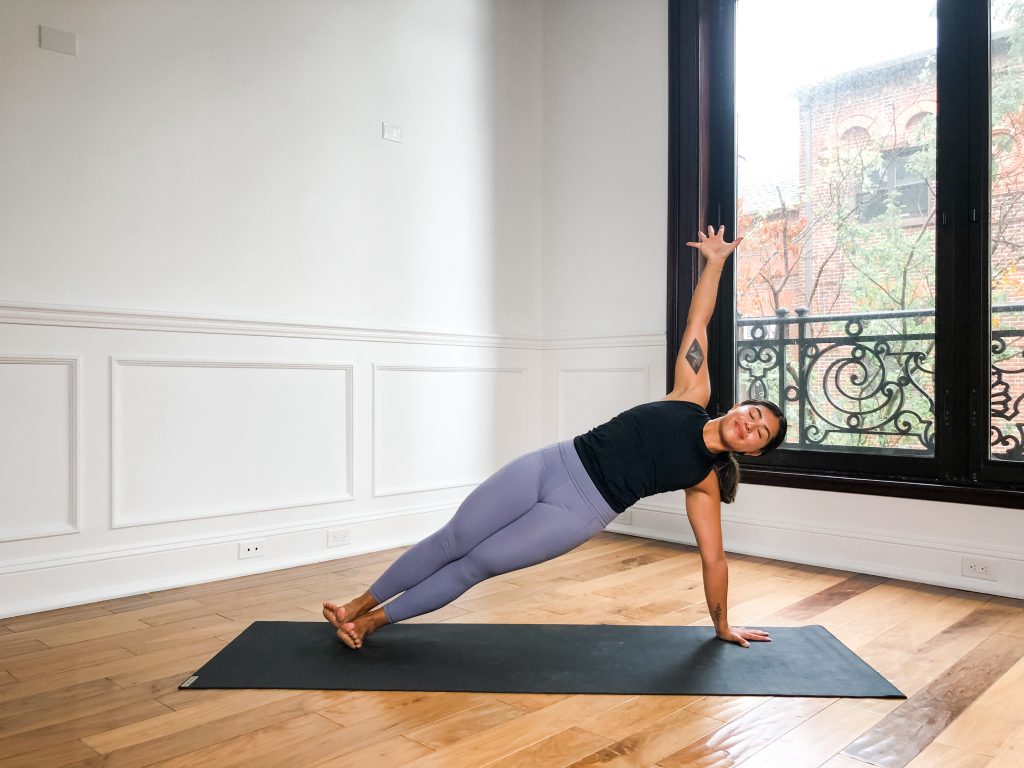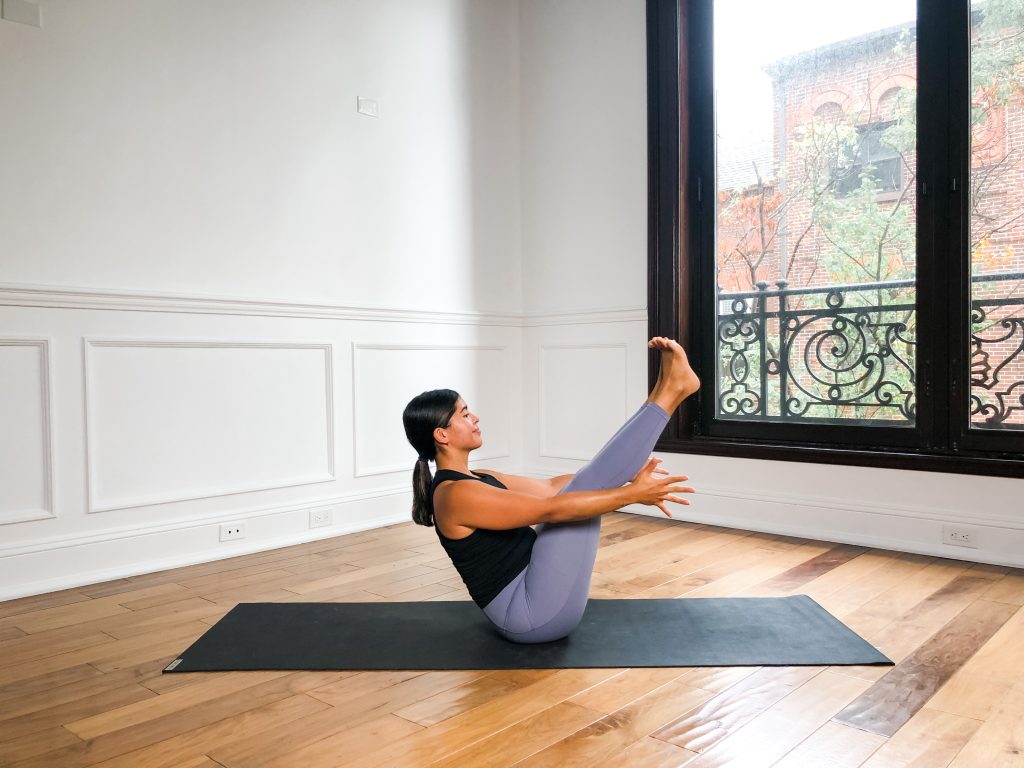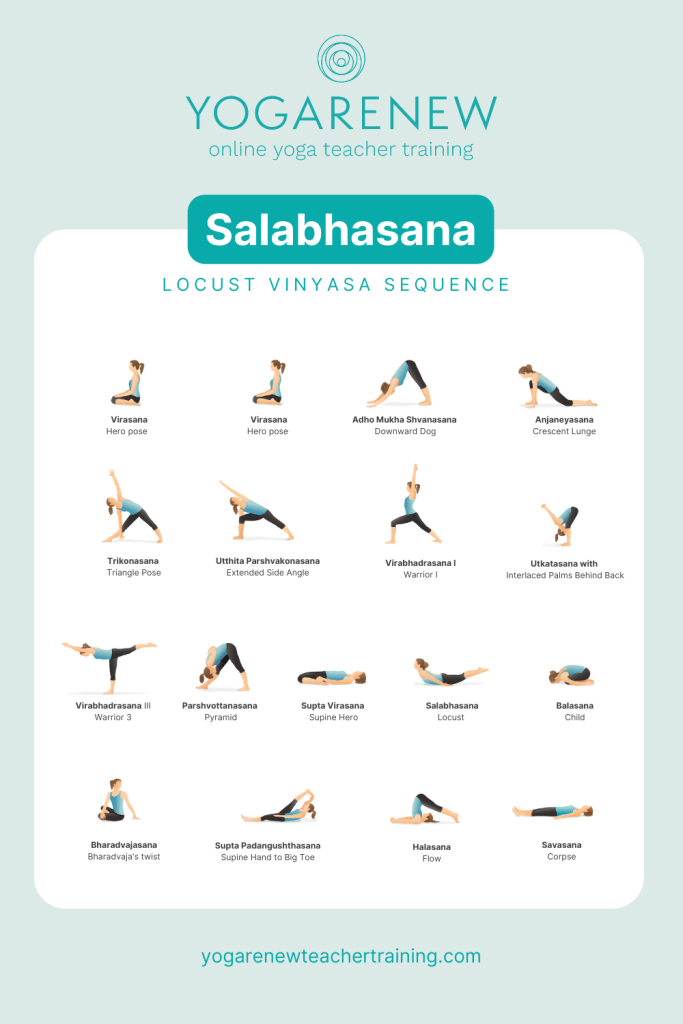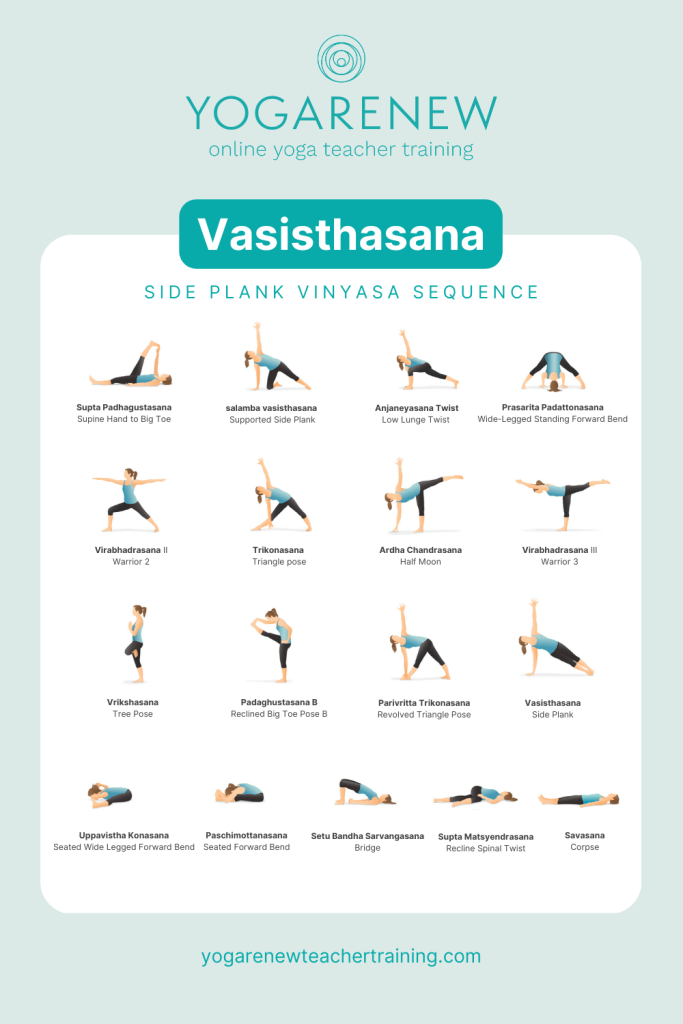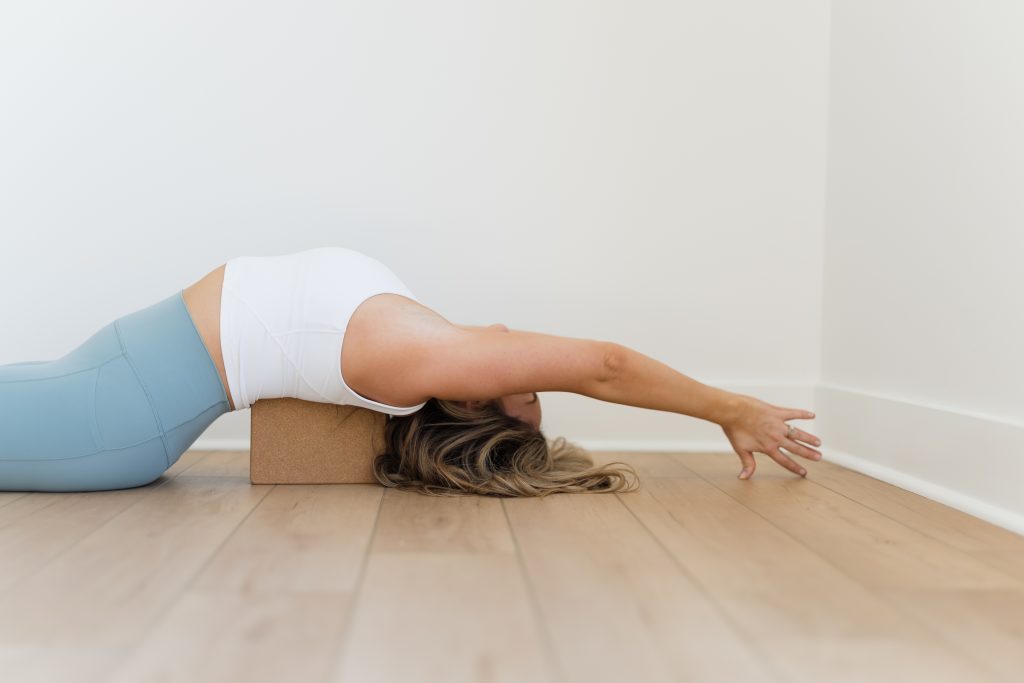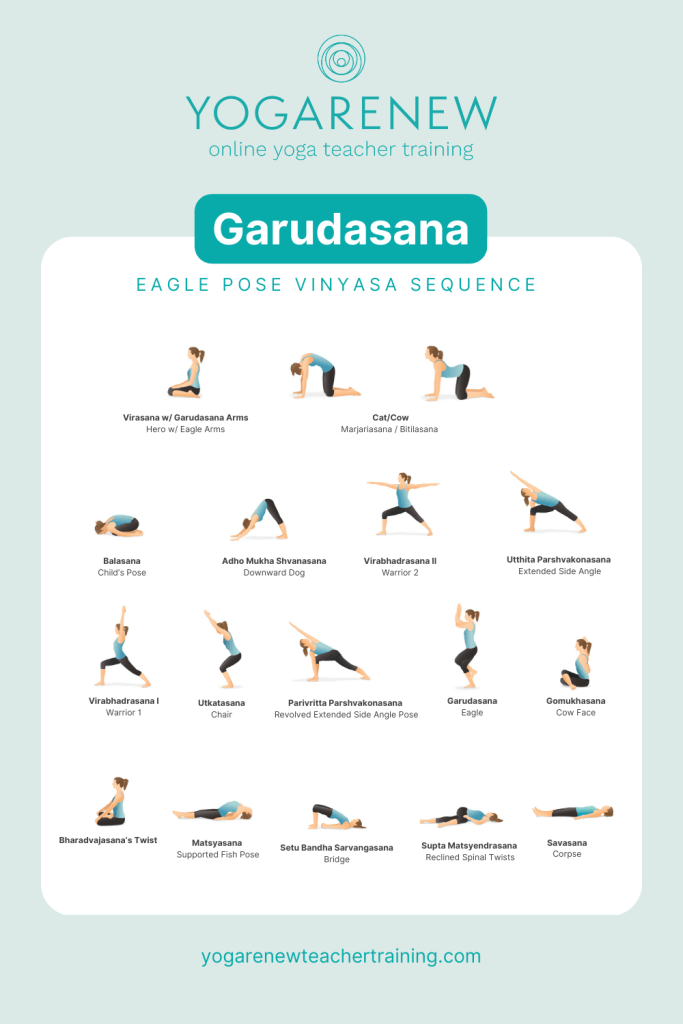All around the world, millions of people have embraced yoga as a path to physical, mental, and spiritual well-being. Two popular and influential yoga styles that have gained attention in recent decades are Vinyasa Yoga and Ashtanga Yoga.
Let’s take a deep dive into the origins, history, and philosophies of these two styles, explore how they found their way to the West, highlight key teachers, and clarify the comparison between Ashtanga Yoga’s asana practice and the comprehensive eight-limbed path of yoga outlined in The Yoga Sutras of Patanjali.
Origins and History
Vinyasa Yoga, often described as a flowing and dynamic style of yoga that syncs the breath to the movement, has roots in the ancient practice of Hatha Yoga, which originated in India thousands of years ago. However, the Vinyasa Yoga that we practice today has been shaped by influential figures over time.
One of the most prominent individuals responsible for popularizing Vinyasa Yoga in the West is Sri T. Krishnamacharya. Often referred to as the “father of modern yoga,” Krishnamacharya’s teachings laid the foundation for many contemporary yoga practices. His innovative approach to adapting traditional yoga practices to suit the modern world greatly influenced several Western yoga instructors, including B.K.S. Iyengar and Pattabhi Jois.
Ashtanga Yoga has a more structured and recent history. It was systematized by K. Pattabhi Jois in the early 20th century. Jois, a student of Krishnamacharya, developed the Ashtanga Yoga system based on the ancient text known as the Yoga Korunta. This style of yoga places a strong emphasis on the synchronization of breath and movement, as well as a specific sequence of postures, making it a disciplined and demanding practice.
The Class Structures
The main difference between Ashtanga and Vinyasa Yoga lies in their structure and approach to practice:
Ashtanga Yoga
Structured Sequence: Ashtanga Yoga follows a specific and unchanging sequence of postures in each class. There are different series (Primary, Intermediate, etc.), and practitioners progress through these series as they advance in their practice. The sequence is set and typically does not deviate from the set sequence.
Set Breath and Movement: In Ashtanga, there is a strong emphasis on synchronizing each movement with a specific breath count. This synchronized breath and movement creates a meditative flow and consistency in the practice.
Physical Intensity: Ashtanga Yoga is known for its physical intensity and challenging poses. It requires strength, flexibility, and stamina to progress through the series.
Traditional and Structured: Ashtanga Yoga is deeply rooted in tradition and maintains a structured and disciplined approach to practice. The emphasis is on consistency and sticking to the traditional system.
Self-Practice: In traditional Ashtanga, students often practice in a Mysore-style setting, where they perform the sequence at their own pace, and the teacher provides individual guidance and adjustments.
Vinyasa Yoga
Varied and Creative Sequences: Vinyasa Yoga is more flexible in terms of sequencing. While there are common elements like sun salutations, the specific poses and their order can vary from class to class and teacher to teacher. Vinyasa classes often allow for creative and diverse sequences and classes often build to a peak pose, or a focus.
Breath and Movement: Like Ashtanga, Vinyasa Yoga also emphasizes the synchronization of breath and movement, but the exact breath count may not be as rigidly defined as in Ashtanga. There is room for variation and adaptation.
Customization: Vinyasa classes are often tailored to the needs and levels of the students. Teachers may offer modifications and variations to suit different practitioners, making it more accessible for beginners and adaptable for experienced yogis.
Creative Expression: Vinyasa Yoga encourages creativity in sequencing and teaching. Teachers may incorporate various styles and influences into their classes, resulting in a more diverse and ever-evolving practice.
Group Classes: Vinyasa classes are typically held in group sessions, where the teacher guides students through the practice with verbal cues and demonstrations. It’s a shared experience in a class setting.
The main difference between the physical Ashtanga and Vinyasa Yoga practices may be the structured and sequence of poses in Ashtanga, versus the more varied and adaptable sequencing of Vinyasa. Ashtanga is known for its strict connection to tradition and physical intensity, while Vinyasa offers greater flexibility, creative expression, and a broader range of modifications to accommodate different people. Both styles have their unique appeal, and the choice between them usually depends on a person’s personal preferences and goals in their own yoga practice.
Clarification of The Eight-Limbed Path
When you’re learning new Sanskrit words, it can sometimes be confusing! The physical Ashtanga Yoga practice is different from the Eight Limbed Path outlined in The Yoga Sutras of Patanjali. The Yoga Sutras of Patanjali are like a special guidebook for people who practice yoga. It provides a guide towards wisdom that may help people connect more deeply to their minds and bodies. “Ashta” means “eight” and “anga” means “limb” or “path.”
Ashtanga Yoga philosophy revolves around the eight limbs (ashtanga), each serving as a step toward self-realization. These limbs encompass ethical principles (yamas and niyamas), physical postures (asana), breath control (pranayama), sense withdrawal (pratyahara), concentration (dharana), meditation (dhyana), and ultimate enlightenment (samadhi).
The philosophy emphasizes that the true practice of yoga occurs within, transcending the physical realm. It guides individuals toward ethical living, mastery of the mind, and a deep connection with the self. Ashtanga Yoga philosophy, in alignment with broader yogic principles, seeks to liberate individuals from the cycle of suffering and attachment. It aims to awaken a profound sense of inner peace and contentment.
Ashtanga Yoga: Physical Asana Classes
When you step into the physical Ashtanga Yoga asana class, you enter a realm primarily focused on the third limb of the eightfold path – asana. An Ashtanga Yoga class that you might take at a studio will be focused on the physical practice and won’t necessarily involve the teacher guiding you through a class on philosophy. You will move your body!
Philosophy and Vinyasa and Ashtanga Yoga Asana Classes
It’s crucial to recognize that the physical practice of both styles of yoga can serve as a bridge to deeper philosophical understanding. The disciplined and structured nature of the asana classes can bring about qualities such as patience, discipline, and self-awareness, which are integral to the entire journey of yoga!
For many yoga practitioners, the physical practice provides a tangible entry point into the broader world of yoga philosophy. As you deepen your asana practice, you may become curious about the ethical principles (yamas and niyamas), dive into meditation and pranayama, and ultimately seek out a more profound connection with your inner self.
It’s All Yoga!
Vinyasa Yoga, with its fluid and creative sequences, can feel like a dance. It’s a practice that celebrates diversity and adaptability. Here, the asanas, or yoga postures, are like pieces of a puzzle, and each class may put those pieces together differently. This variety keeps the practice fresh and exciting, allowing practitioners to explore new movements and challenges regularly.
Ashtanga Yoga, on the other hand, offers a structured and traditional approach. The sequence of postures is fixed, providing a consistent framework that practitioners follow as they advance through the series. This structure fosters discipline and dedication, as it requires commitment to mastering each pose before progressing to the next.
Despite their differences, both Vinyasa and Ashtanga Yoga share a common goal – to unite body, mind, and spirit. They offer pathways to physical well-being, mental clarity, and self-discovery. Both practices emphasize the importance of breath, mindfulness, and the mind-body connection. Both styles can lead to a deeper understanding of yoga’s philosophical principles. Whether you’re flowing through Vinyasa sequences or navigating the structured series of Ashtanga, you have the opportunity to explore the deeper philosophy that runs through both styles.
The choice between Vinyasa and Ashtanga Yoga comes down to personal preference and goals. Vinyasa offers creativity and adaptability, making it accessible to a wide range of practitioners. It’s an ideal choice for those who enjoy diversity and spontaneity in their practice.
Ashtanga Yoga, with its structured and disciplined approach, appeals to individuals seeking a clear path to progress and physical challenge. It’s a practice that rewards dedication and persistence with a profound sense of accomplishment.
No matter which path you choose, remember that both Vinyasa and Ashtanga Yoga are tools for self-discovery and growth. Whichever practice you step onto, it’s the journey that matters most. So, whether you’re gracefully flowing through Vinyasa sequences or diligently progressing through the Ashtanga series, know that both paths lead to the same destination – a deeper connection with yourself and the world around you. Yoga, in all its forms, offers a gift of transformation, and the choice of style is your unique expression of that journey.
